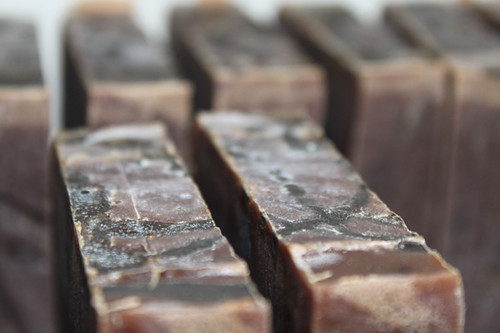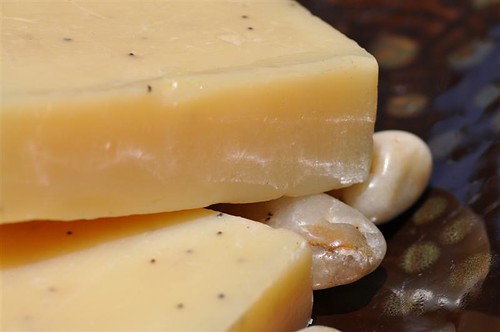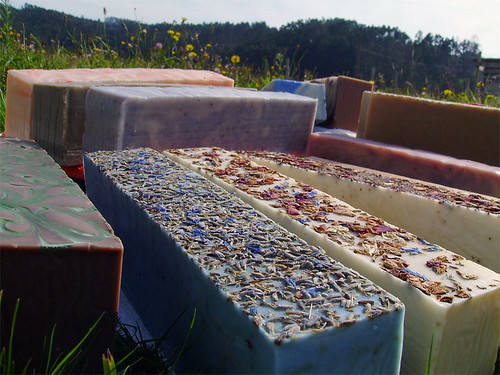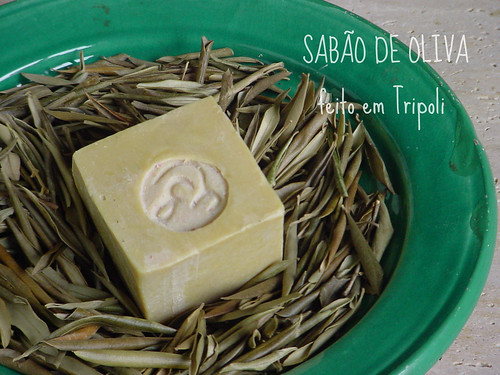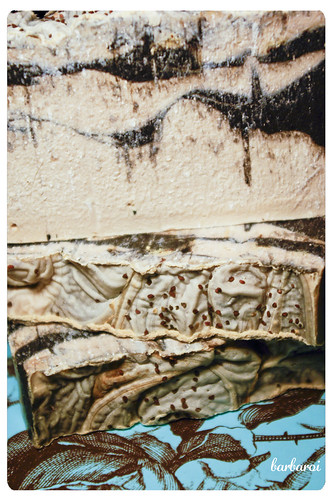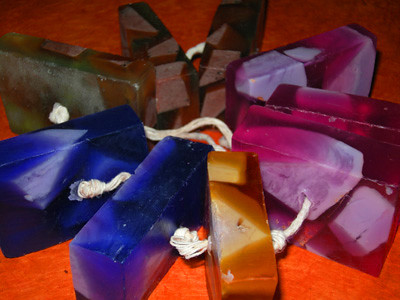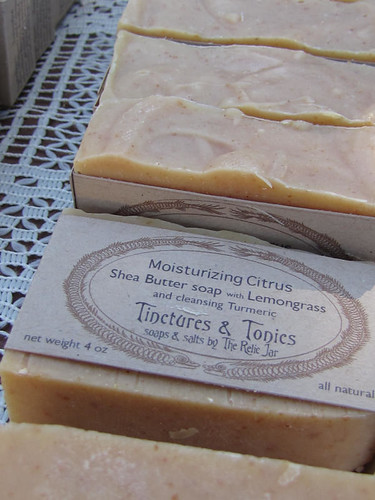Soap nuts (the natural detergent that actually is found growing on trees) are not nuts at all. They are actually a fruit most commonly referred to as a soapberry. Now, that had to sound really weird, huh? It's no wonder people are confused. I just referred to a detergent as a fruit. Jugs and bottles certainly don't grow on trees. And also, I certainly would not call wine a grape. Are you confused? I would be. It is my hope that this article clarifies what soap nuts actually are. As your understanding grows, such seemingly stupid statements will actually begin to make sense. I'll give it a good college try to help clarify matters for you.
Again, soap nuts are a fruit. They produce a substance that is a natural detergent (or soap). It is called saponin. Sapo is actually Latin for soap. There are numerous botanical sources for saponin. What makes the soap nut so special is its extremely high concentration of saponin. It is the saponin that is Mother Nature's own natural surfactant that effectively acts in the exact same way as a chemical detergent or soap.
Important break: "What the heck is a surfactant?" Excellent question! I'm so glad someone asked!
sur-fac-tant n. A substance or agent, for example, a detergent or a drug, that reduces the surface tension of liquids so that the liquid spreads out, rather than collecting in the form of droplets.
All detergents and soaps are essentially surfactants. It is surfactants that allow for the break up of dirt, grime, oil, grease, etc. in water - and thus enables things to be washed and become cleaned. It's really that simple. (There are some minor exceptions but this is the KEY thing to realize about how detergents and soaps work.) It is just the fact that most surfactants - that we know of - have come out of chemical labs rather than grown by Mother Nature. I assure you they are not picking fruit at Procter and Gamble. At least not when making detergent. I bet this is beginning to make sense.
Somewhere throughout the ages people started calling the dried soapberries "nuts". Why? Because they feel and look more like a nut than anything else. They are hard and dry (when they are ready for use) and even a nut-like color. If you picked one up off the ground, your first guess would be: "some kind of nut." So, there you go. The rest is history. When growing on the tree, soap nuts remind me most of a cherry given their large seed size relative to its pulp and skin. As they are dried in the sun, they become wrinkled and then look reminiscent of a date or an overgrown (big time) raisin - just drier and harder. During their first couple months they will be yellowish to golden in color. As they age they will redden in color. As time continues, they will simply darken and shrink a bit in size. If properly stored in a cool dry environment they can last for years. As with nearly all dried natural or organic fruits, vegetables, etc., if they are not stored properly and allowed to become moist they will blacken and even grow molds. I would not recommend them at that point. (So much for common sense.)
Again, it is the soap nuts' remarkable ability to produce saponin (that natural soap) in high levels that makes them so incredibly special - the ideal natural detergent, soap and cleaner. As a consumer, you receive them as simply the dried fruits with their seeds removed (usually). However, as an apple is not just an apple, or a grape is not just a grape, a soap nut is not just a soap nut. Do you think a vineyard cares about the type and quality of the grapes they grow? You bet - big time. If all is not right, a year's harvest could become worthless. Now, the grape is probably the most extreme example that I can think of to make my point. Such is the beauty of extremes - the fundamentals are made easy to understand. It's such fundamentals that we are going to apply to soap nuts.
Note: The purpose of this article is also to provide some additional fundamentals about soap nuts that may lead to even better personal experiences, and also to assist you in becoming a more informed consumer or seller.
Firstly, the type, variety and strain: As with grapes, they run the gamut. A vineyard is extremely particular regarding the grapes they grow. Different grapes will produce different wines. With soap nuts, we don't need to go to that extreme for one reason: There is no culinary aspect to deal with. The value of a soap nut distills (pun intended) down to one thing - saponin. 100% pure saponin (other than the extraction process that can result in significantly different results and qualities) has no variables. It is what it is. It is the concentration of saponin that we must concern ourselves with. From species to species in the Sapindus tree family that grows across the globe, the soap nuts vary greatly. Without going into the many, many varieties in detail (that's another long article), the fact is that the mukorossi variety contains the most consistently high concentration of saponin. Hence, it is the most prized and highest valued. The Florida soapberry for example is a soap nut, but it simply doesn't work as well because its saponin concentration pales by comparison. Hence it is not the same as others. So far, easy, right?
Secondly, the harvest and back to grapes: The growers are very precise as to when they harvest. The grapes are checked daily. Only at their optimal point, depending on what the grower wants, are they harvested. Even a day can make a difference. Given that this is November, it is the perfect time of year to address this issue. To keep focus I will refer strictly to mukorossi harvests, albeit the fundamentals are the same for all.
At this time of year (October/November/December) the soapberry is maturing on the trees. From area to area and affected by the year's weather in the area, we will find soap nuts at various stages in their development. We are dealing with both wild and plantation grown soap nuts. Last years harvest of soap nuts has become dark and the shells have shrunk somewhat in size. Only if stored properly will they still be dry (nut gummy or sticky). The new harvest is, of course, of highest demand and value. However, in the rush to bring newly harvested soap nuts to the market, many soap nuts are prematurely harvested. When prematurely harvested, soap nuts will be a bright gold to yellow color, but also they will be typically small (often in the 2cm range as compared to a mature soapberry at 4cm or larger).
A mature soap nut will have reached its peak in saponin content - the most important factor. Hence, not only are the prematurely harvested soap nuts wasteful in that another six to eight weeks could produce a much more bountiful harvest. But also, they will not be of the quality of a fully mature soap nut. Given drying and shipping times, look for the best quality newly harvested soap nuts to begin showing up in the US in late December, January and February. Properly stored soap nuts from last year's harvest will be the better choice. If the soap nuts are very dark, gummy and sticky (as is often the case at this time), they have not been stored properly. Hence, look elsewhere for the best quality - regardless of time of year.
Thirdly, the results of inexperience: Most sellers of soap nuts know little more than the average user. Soap nuts are so new to the US and western hemisphere in general, that many sellers are selling only due to the fact that there is a market. Whenever there is a market, there will be sellers (and, of course, buyers). It is a caveat emptor (buyer beware) scenario. The quality of product the buyer receives is largely a function of the questions the buyers ask. Therefore, ASK QUESTIONS. Ask about the species, quality, condition, color and size. Don't get too hung up on age. The shelf life of soap nuts is very long if properly stored and maintained. Again, ASK. Request representative samples if making a large purchase. Moisture build up, often due to condensation, is probably the leading causes for inferior quality soap nuts to come on the market. Be wary if you think they have been being stored in a garage somewhere (a common scenario). If you don't get good answers, look for another seller. Be cautious of cheap prices without good, logical reasons. Improperly stored soap nuts are getting bad at this time. Sellers will "fire sale" them. You typically get what you pay for.
Lastly, bottom of the barrel hunting: The two main varieties that are being sold in the US are Sapindus Mukorossi and Sapindus Trifoliatus. Both grow in relatively close proximity, particularly in India. The trifoliatus variety is smaller and less effective. They are not as highly valued. Mixing the varieties is a very common practice among harvesters and exporters. Not even those that are very familiar with soap nuts can immediately identify the difference. Important note: A large amount of soap nuts are pre-packaged overseas for retail in the US to save on labor costs. (This "note" is worthy of its own article, so I will just drop it here.) Hence, not even most US and Canadian sellers can inspect them carefully. NaturOli, is an exception since the final packaging in done in the US. Soap nuts shipped by NaturOli have been hand inspected within only weeks of sale.
So, the bottom line: You need not be a connoisseur (as a wine master) to find quality soap nuts. The very simple, and even common sense, knowledge shared in this article should help you to make much better decisions. Be you a newbie or veteran to soap nuts, you want a good experience - and the most value for your money. Reliable quality and saponin content will ultimately lead to increased affordability. You will never again need to rewash a load, or use more soap nuts than required. A little knowledge goes a long, long way.
Understanding that soap nuts are Mother Nature's fruits - not lab produced products - is the imperative. If you think of soap nuts as a fruit - be it a grape, cherry, apple or orange - you are half way to being a better soap nut consumer. Nature's fundamentals are at least consistent: There are very few "always" in nature's ways. The only "always" is our need to use our heads and think.

